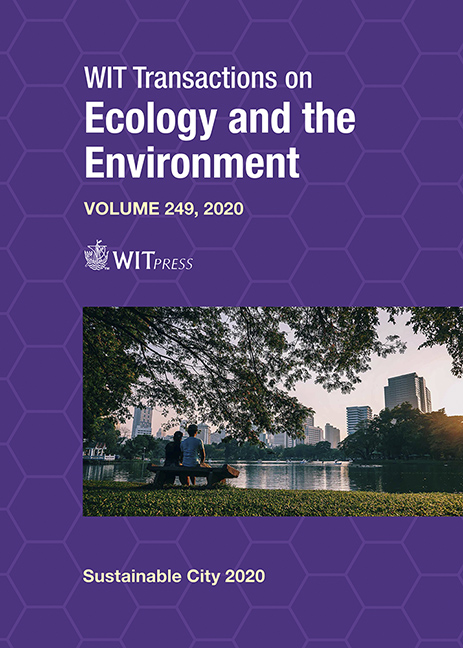PASSIVE STRATEGIES FOR ENERGY-EFFICIENT BUILDING ENVELOPES FOR HOUSING DEVELOPMENTS IN HOT ARID CLIMATES
Price
Free (open access)
Transaction
Volume
249
Pages
11
Page Range
115 - 125
Published
2020
Paper DOI
10.2495/SC200101
Copyright
WIT Press
Author(s)
KARMINA D. REYES-BARAJAS, RAMONA A. ROMERO-MORENO, CRISTINA SOTELO-SALAS, ANÍBAL LUNA-LEÓN, GONZALO BOJÓRQUEZ-MORALES
Abstract
Buildings and the construction sector are responsible for 36% of the final energy use as well as 39% of carbon emissions, while the residential sector accounted for 22% of total energy consumption and 17% of carbon emissions. Therefore, housing requires measures which reduce energy consumption and carbon emissions without affecting the living conditions of its occupants. In Mexico, the most commonly used construction systems in mass housing are concrete block walls and concrete slabs, these systems adversely affect comfort conditions and increase energy consumption especially in regions with a hot arid climate, such as Mexicali, in Mexico’s northwest region. The objective is to determine the thermal behavior and energy performance of three environmental adaptation strategies applied in the building envelope: thermal insulation, thermal mass, and air cavity walls. A commercial prototype of mass housing was considered as a benchmark case, with concrete block walls and a concrete beam and expanded polystyrene composite roof. The building energy simulation was carried out with the Design Builder® software for the summer period, where building performance was evaluated with passive design strategies (simulation scenarios include variations in thickness and position of materials that make up the layers in the building components) against a benchmark case (without strategies), the corresponding thermal transmittance values (U-value) were also estimated. The results show differences in surface temperature, cooling demand and operative temperature inside the house; energysaving potential is shown, which contributes to carbon emissions reduction and thus aids in climate change mitigation.
Keywords
passive strategies, energy efficient housing, mass-built houses, hot arid climate, demand of cooling and thermal comfort





